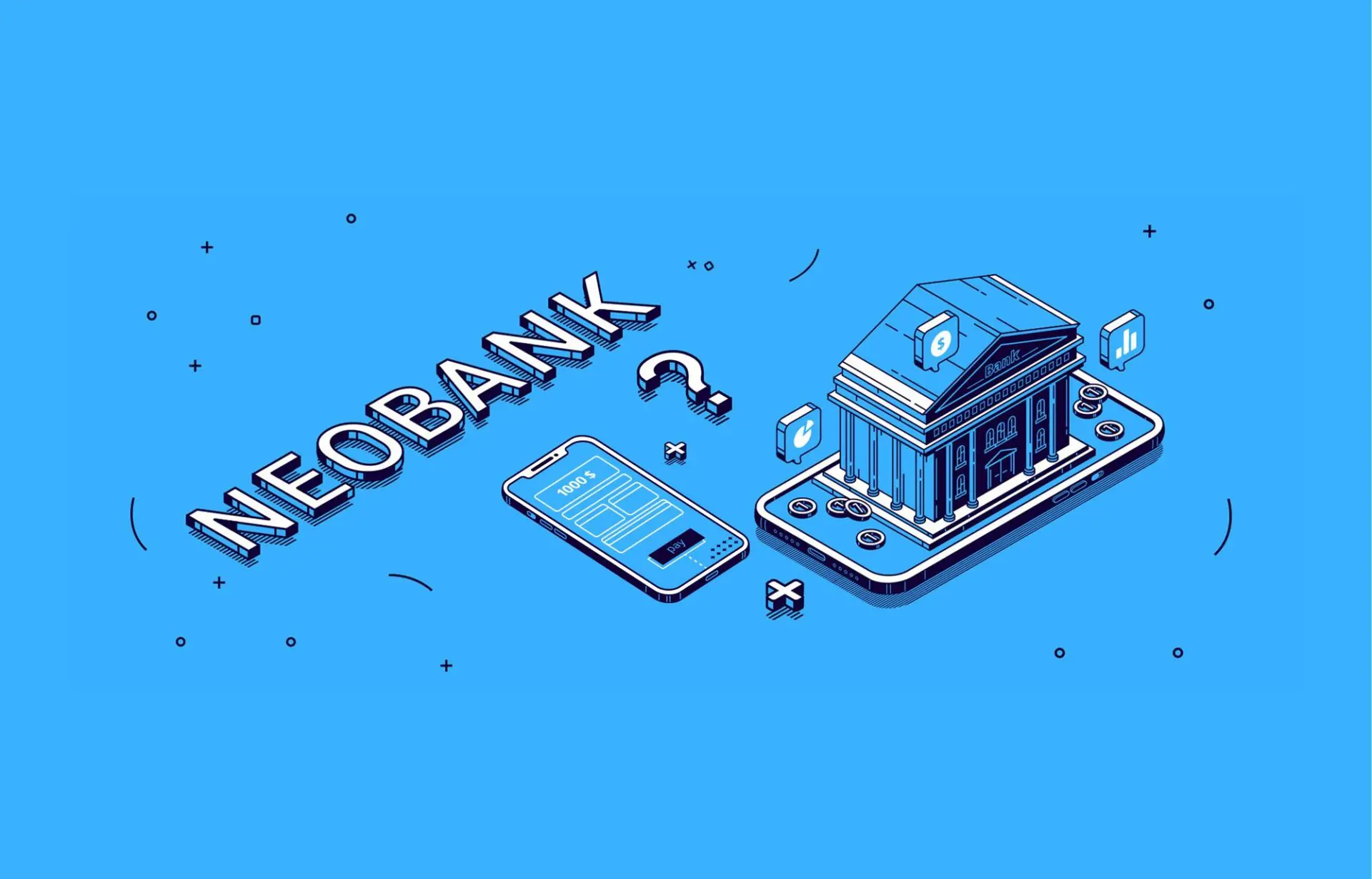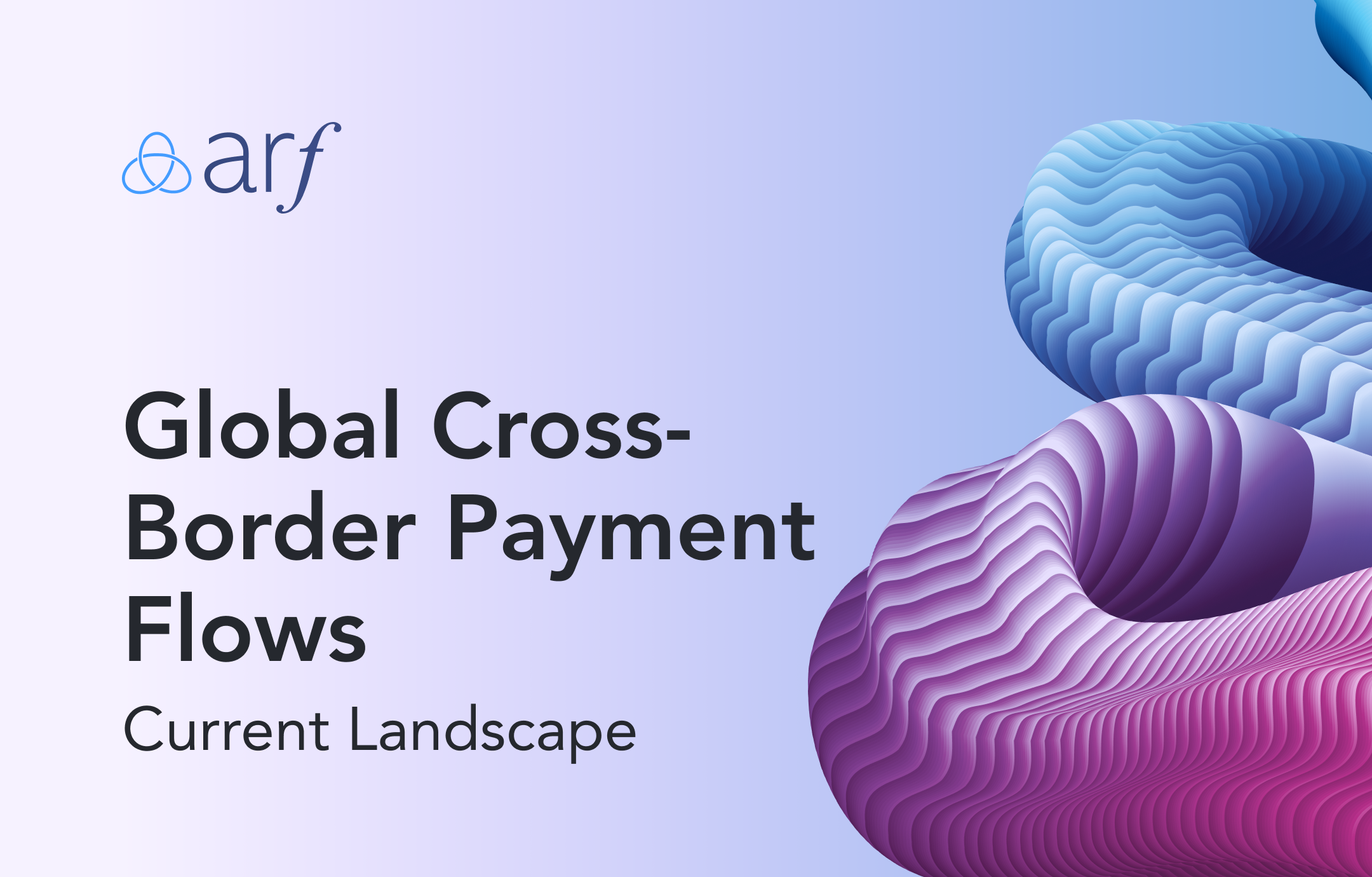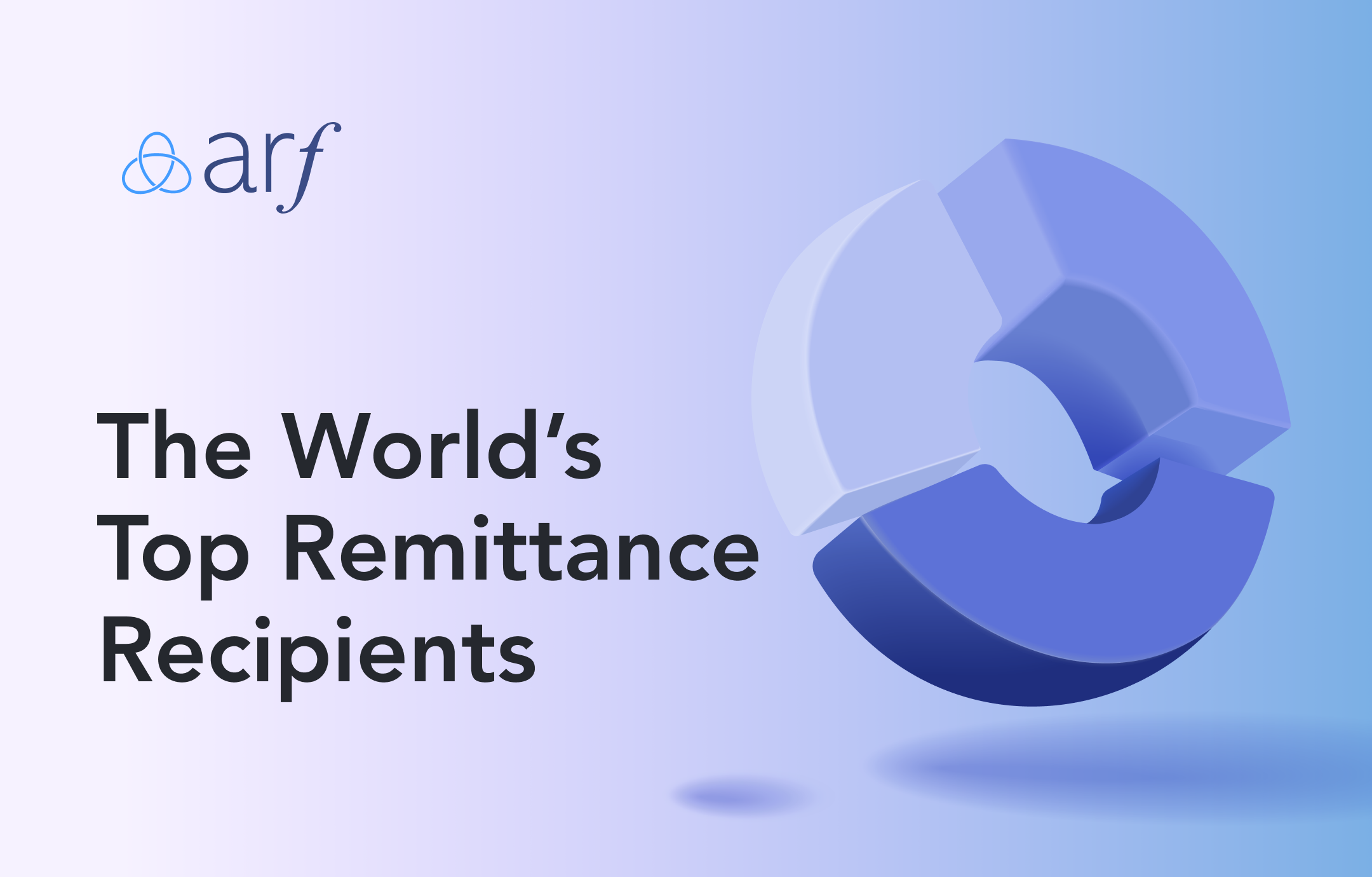Neobanks, or digital-only banks, can be defined as fintech companies offering direct banking services to their customers. The term neobank was first coined around 2016[1] to describe fintech companies that challenge traditional banks.
While most traditional banks have failed to adapt to the technological advancements occurring in the banking industry, neobanks have emerged in response to a new, digital era.
Neobanks are free of traditional banking technology and expensive branch networks. Instead, they provide their banking services entirely online via mobile apps and software, enabling customers to validate their service offerings in real-time. Picking up the slack of traditional banks, they changed the game by meeting the customer needs that traditional players couldn’t grasp or take action on when necessary.
Traditional banks’ dependency on offline channels, selective inclusion, and shortcomings in terms of customer experience, combined with the increased need for digitization, have accelerated the shift to neobanking. Meanwhile, entry barriers to establishing a neobank have become lower than ever thanks to the trend of embedded finance. As a result, the neobanking industry began to grow enormously. In 2020, the global neobanking market was estimated to be worth around $35 billion. From 2021 to 2028, it is expected to increase at a compound annual growth rate of 48%, reaching a value of $723 billion.[2][3]
Neobanks distinct themselves from traditional banks mostly in how they offer financial services to their customers. Here are some pros that differentiate neobanks:[4]
- Affordable services: Since neobanks do not have costs related to branch maintenance, their operating expenses are significantly lower, allowing them to serve their customers with much lower fees.
- Accessibility: Especially for developing country citizens who don’t have bank accounts, or for people living in rural areas, having a bank on their phone is extremely important. Having access to financial products and services is a big step for financial inclusion, especially for the underbanked.
- More convenience: Everything a customer needs daily, such as depositing checks or making P2P payments, can be done via a desktop or mobile app - anywhere, anytime. This brings a considerable advantage to the users who don’t want to rely on banks’ time and location related limitations.
- Better experience: Neobanking platforms are mainly mobile-first, providing a smooth user experience and reducing potential errors by eliminating the need for human intervention. They are customer-centric and flexible enough to provide tailored services to their customers.
However, neobanks’ offerings are still very much dependent on banking relationships and traditional financial infrastructure. Not having a banking license restricts them in terms of the extent to which they can offer services, and they generally need traditional banks to insure their products.[5]
You can read more about Correspondent Banking in our article Why Are Correspondent Banking Models Problematic?
Moreover, they can’t offer interest-bearing products unless they become banks themselves by getting a banking license, which is very hard to acquire. Therefore, they typically offer fewer and less sophisticated services than traditional banks.[6] As they can’t provide interests, they usually need to figure out other perks and benefits to lure deposits, such as cashbacks.
Despite their current shortcomings, there is no doubt that neobanks are much ahead of the traditional players in the industry. They are stimulating global competition within the industry, pushing all players to come up with better solutions, innovations, and services.
Considering there are still about 1.7 billion unbanked adults in the world[7], it was about time to change the landscape of the global finance ecosystem. With the low-cost services, accessibility, convenience, and user experience they provide, neobanks promise a more financially inclusive future, and further innovations that would challenge the status quo.
[1] https://www.bbvaresearch.com/wp-content/uploads/2016/01/DEO_Jan16.pdf
[2] https://www.grandviewresearch.com/industry-analysis/neobanking-market
[3] https://www.statista.com/statistics/1228241/neobanks-global-market-size/
[4] https://www.forbes.com/advisor/banking/what-is-a-neobank/
[5] https://www.forbes.com/advisor/banking/what-is-a-neobank/
[6] https://www.forbes.com/advisor/banking/what-is-a-neobank/
[7] https://globalfindex.worldbank.org





